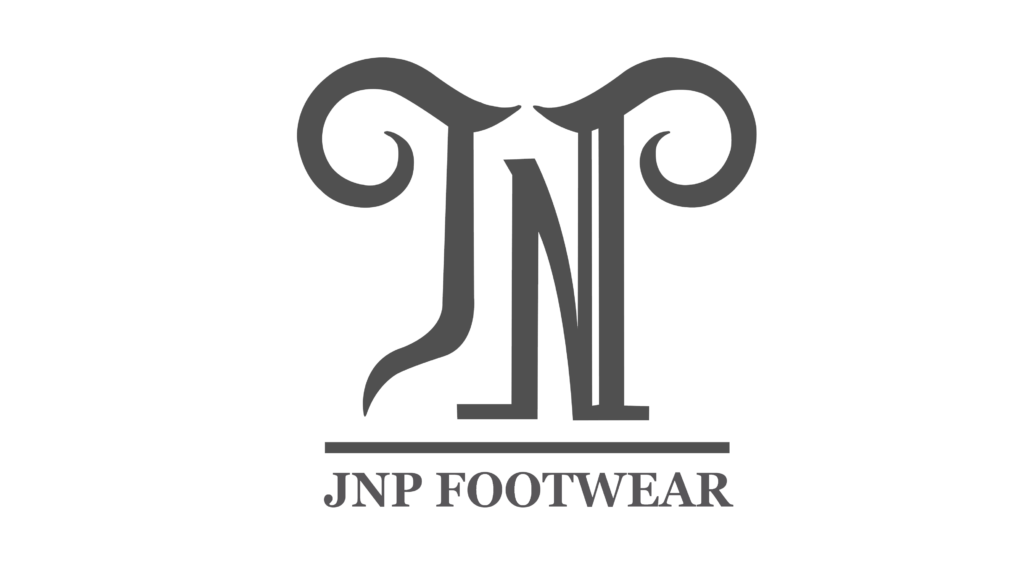Tariffs can quietly increase your product costs if you're not prepared. For U.S. importers, especially in the fashion or homeware industry, this small detail can make or break your margins.
Tariffs are taxes placed on imported goods by the U.S. government. These charges vary by product type and country of origin and can significantly affect your final landed cost. Learn more about what a tariff is1.
I still remember the first time I saw a surprisingly high customs invoice. It turned out we had missed a key tariff line. Since then, I always make sure to check the HS code2 before confirming prices.
What is a tariff, and why does it exist?

Tariffs sound complicated, but the concept is simple. They're used to protect domestic industries or as a way for the government to collect revenue.
A tariff is a tax applied by the importing country on products coming from another country. The rate is based on the product’s HS code and origin country1.
Tariffs serve several purposes:
- Revenue: For some countries, tariffs are a major source of government income.
- Protection: Tariffs protect local industries from foreign competition.
- Policy Tools: Governments may use tariffs during trade negotiations or disputes.
For U.S. importers like my clients, tariffs are especially important when sourcing from China. Some footwear categories3, for example, carry tariffs as high as 37.5%.
How do I find the correct tariff for my product?

If you’re not careful, using the wrong code can lead to overpaying—or worse, customs delays.
Use the product’s HS (Harmonized System) code2 to search in the U.S. Harmonized Tariff Schedule4. This will tell you the correct duty rate.
Here’s how I usually do it:
Step-by-Step:
- Identify your product clearly – Is it a wool slipper or a synthetic furry slipper?
- Find the HS code – You can ask your supplier or use the official HTS website4.
- Check duty rates – Rates vary even within the same product category3.
- Apply trade agreement rules – If your product qualifies for a free trade agreement5, the tariff may be reduced or waived.
Example:
| Product Type | HS Code | Country of Origin | Tariff Rate (%) |
|---|---|---|---|
| Wool slippers | 6404.19.15 | China | 37.5% |
| Indoor synthetic slippers | 6404.19.39 | China | 12.5% |
Choosing the right HS code matters. Even a small change in material (like rubber sole vs. leather sole) can affect the rate.
How do tariffs affect the total cost of goods?
Tariffs aren't added randomly—they’re calculated based on your declared product value.
Tariffs are calculated as a percentage of the customs value (CIF)6, which includes the cost of goods, insurance, and freight.
Here’s the basic formula:
Tariff = CIF value × Tariff rate
For example:
- FOB Price: $5/pair
- Freight & Insurance: $0.50/pair
- CIF = $5.50/pair
- Tariff rate = 12.5%
- Tariff = $0.6875/pair
Then you also have to add:
- Customs clearance fees
- Brokerage fees
- Other port charges
All of this becomes part of your landed cost7, which is the true cost per unit after it arrives in your warehouse.
Are there ways to reduce or avoid tariffs?
Many buyers ask me if it’s possible to pay less. In some cases, yes. But it depends on how well you plan.
Tariffs may be reduced through trade agreements5, country of origin shifts8, or proper HS classification. Some products may qualify for tariff exemptions9.
Here are some common strategies:
1. Use Free Trade Agreements
If you import from countries with FTAs (like Vietnam or Mexico), your product might qualify for reduced or zero tariffs5.
2. Change Manufacturing Country
Some clients move production from China to Cambodia or Vietnam8 to benefit from lower duties.
3. Recheck HS Codes
Sometimes, the supplier uses a general HS code. Double-checking with a U.S. customs broker can result in lower rates if a more accurate code applies.
4. Use a Foreign-Trade Zone10
If you import large volumes, a Foreign-Trade Zone (FTZ) allows you to defer or even reduce duties.
5. Look for Exemptions9
Some exclusions (especially during the U.S.-China trade tensions) still apply. Check the latest lists with your broker.
Conclusion
Tariffs aren’t just paperwork—they shape your bottom line. Understanding them helps you control costs and plan smarter.
Footnotes
-
A tariff is a tax imposed by a government on imported goods, typically to protect local industries or generate revenue. ↩ ↩
-
An HS code is a globally standardized number used to classify traded products for customs purposes. ↩ ↩
-
Footwear tariff rates can vary widely depending on material, style, and country of origin. ↩ ↩
-
The U.S. Harmonized Tariff Schedule (HTS) provides official duty rates by HS code; check at hts.usitc.gov. ↩ ↩
-
Free Trade Agreements (FTAs) can eliminate or reduce tariffs for qualifying goods imported from partner countries. ↩ ↩ ↩
-
CIF stands for Cost, Insurance, and Freight, which is the total value used for customs valuation. ↩
-
Landed cost includes the total cost of a product once it has arrived at the buyer’s doorstep, including tariffs and other fees. ↩
-
Changing the manufacturing country to one with lower duty rates can reduce total tariff obligations. ↩ ↩
-
Some U.S. tariff exclusions still apply to certain product categories—check with your customs broker regularly. ↩ ↩
-
Foreign-Trade Zones in the U.S. allow businesses to defer, reduce, or eliminate customs duties on imports. ↩

